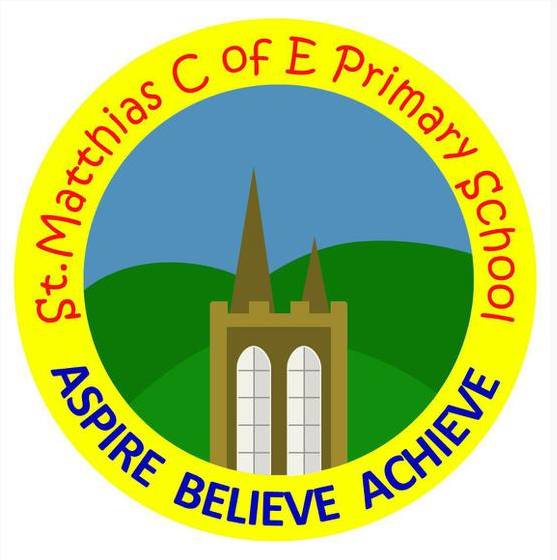Early Reading- Essential Letters and Sounds
What is Early Reading?
Reading is fundamental to education. Proficiency in reading, writing and spoken language is vital for pupils' success. Through these, they develop communication skills for education and for working with others, especially in schools. Pupils who find is difficult to learn to read are likely to struggle across the curriculum, this is why we are committed to supporting pupils to learn to read from their earliest years.
In order to read pupils need to have a good knowledge of phonics and be able to decode words orally. We have chosen the Essential Letters and Sounds phonics scheme to support Early Reading development.
What is Essential Letters and Sounds?
ELS teachers children to read using a systematic synthetic phonics approach. It is designed to be used as part of an early learning environment that is rich in talk and story, where children experience the joy of books and language whilst rapidly acquiring the skills to become fluent independent readers and writers.
ELS teaches children to:
- decode by identifying each sound within a word and blending them together to read fluently
- encode by segmenting each sound to write words accurately.
We know that for children at the end of Key Stage 1 to achieve the age-related expectations, they need to read fluently at 90 words per minute. As children move into Key Stage 2, it is vitally important that even those who have made the slowest progress are able to read age- appropriate texts independently and with fluency.
For children to engage with the wider curriculum, they need to be able to read well, make inferences and drawing on background knowledge to support their developing understanding of a text when they read. To do this, they need ot be able to draw not only on their phonic knowledge but also on their wider reading and comprehension skills, each of which must be taught.
The first step in this complex process is the link between spoken and written sounds. ELS whole-class, daily phonics teaching must begin from the first days of Reception. Through the rigorous ELS teaching programme, children will build an immediate understanding of the relationship between the sounds they can hear and say (phonemes) and the written sounds (graphemes).
Phase 1 |
Phase 2 |
Phase 3 |
|
Nursery |
Reception Class |
Reception Class |
|
Seven aspects:
|
|
|
Phase 4 |
Phase 5 including alternatives and lesser-known GPCs |
Beyond Phase 5 |
|
Reception Class |
Year One |
Year One, Year Two and Key Stage Two |
|
|
|
Weekly Lesson Structure for Teaching Phonics
|
Day 1 |
Day 2 |
Day 3 |
Day 4 |
Day 5 |
|
Review |
Review |
Review |
Review |
Review newly taught sounds for the week, previously taught graphemes and harder to read and spell (HRS) words |
|
Teach new sound |
Teach new sound |
Teach new sound |
Teach new sound |
|
|
Practise |
Practise |
Practise |
Practise |
Practise- reading and writing words |
|
Use the Apply sound-specific sheet |
Use the Apply sound-specific sheet |
Use the Apply sound-specific sheet |
Use the Apply sound-specific sheet |
Apply- reading decodable books and writing phrases and sentences |
|
Review |
Review |
Review |
Review |
|
Useful terminology when we teach phonics
- phoneme- the smallest unit of sound in a word.
- grapheme – letter or a group of letters representing one sound, e.g. s, sh, ch, igh.
- digraph – two letters making one sound, e.g. sh, th, ph.
- vowel digraphs – two vowels which, together, make one sound, e.g. ai, oo, ow.
- split digraph – two letters, split, making one sound, e.g. a-eas in make or i-e in kite
- VC word: vowel consonant e.g. up
- CVC: consonant vowel consonant e.g. cap.
- CCVC: consonant consonant vowel consonant e.g. clap.
- vowels – the open sounds / letters of the alphabet: a, e, i, o and u
- consonants – sounds/ letters of the alphabet that are not vowels.
- blend – to merge individual sounds together to pronounce a word, e.g. s-n-a-p, blended together, reads snap.
- segment- to split up a word into its individual phonemes in order to spell it, e.g. the word 'cat' has three phonemes: /c/, /a/, /t/.
